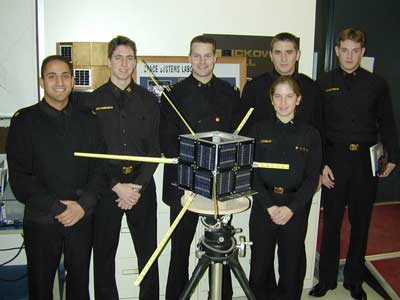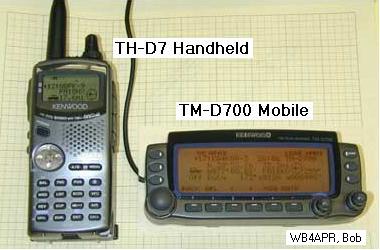 USNA Satellite Tracking Experiment
USNA Satellite Tracking Experiment
 USNA Satellite Tracking Experiment
USNA Satellite Tracking Experiment

YPSATCOM: During the 1990's we began finding surplus (excess) IBM PC-AT's (5" flopies and 640k memory) and installing them on the YP's along with a Ham Radio TNC (Terminal Node controller) to interface with the Loran-C equipment so that the boats could be tracked during summer cruise and also allow for two-way text communications. After an initial demonstration as an experiment using Amateur Radio, this grew to cover every YP underway and every CSTS Sail Cruise as well. A Navy HF frequency was used, since this was beyond the scope of an Amateur Radio Demonstration.
Cell Phones and the demise: In the late 90's the prevellance of cell phones in the hands of the crews provided much better communications capability and the YPSATCOM system faded away. This despite the fact that cell phones only worked within 10 miles of shore and were useless in the open ocean. Eventually this was solved in the 2010 time frame when Iridium Satellite Phones wre avaialbe to the crews.
Satellite Experimenets: In 2002 we conducted an experiment 6-15 August to track some of the USNA Sailboats on summer cruise via our own USNA Satellite, PCsat and an Amateur Satellite experiment we have flying on the International Space Station. A USNA satellite ground station fed this data to a live web page for display. This web page would receive their positions at least twice a day during satellite overflights. Duriong that month, the PCsat passes were in the morning and afternoon, and the International Space Station was overflying in the afternoon and night.


Click on the above links to see the last reported position of each boat. Then clicking on "find nearby stations" will give you further links to view their messages. These messages are informal/non-official and only for the purpose of demonstrating the mission IAW with the rules of the amateur satellite service. The experiment is under the command of CAPT Ted Rogers, KH6JJD, on board FEARLESS.
These USNA boats are in addition to the nominal 1200+ amateur satellite users around the world that PCsat has supported in its almost one year in space. On the ISS, the experiment is shared with the ISS Crew voice transmitter and may go offline for voice contacts for hours or days at a time. (IE, over Tues night, there were no data signals heard from ISS).

This communications and GPS satellite tracking experiment validates the Midshipmen designed satellite and are provided by the USNA Satellite Lab, Rickover 122 in support of PRODEV and the Naval Station. Thanks to Small Boat Division, Eric Fairbank, N3EF for the actual installations below decks (in the 100+ deg heat)... The installation consists of the TH-D7 Walkie Talkie shown above connected to the boats GPS unit and a small wire antenna taped to the overhead of the below-decks compartment.
Below is a plot of a previous summer cruise. Notice occasional gaps when traditional HF comms via the ionosphere were out. PAGE-UP to zoom out and see one of the boats go to Halifax or choose another detailed map from the MAP button below. Refresh the screen to see the replay. The red lines show the track history. See a photo of our older HF communication equipment that we have used to date for this purpose.
If you have trouble viewing the above map with Java click here
| zooms up/down (you may also use PGup/dn) | |
| Centers or Zooms map on clicked location | |
| scrolls map |
You are visitor number:
Since 6 Aug 2002, when this year's tracking page was updated .
Return to the SATELLITE GROUND STATION
For questions/comments, Email to [email protected]